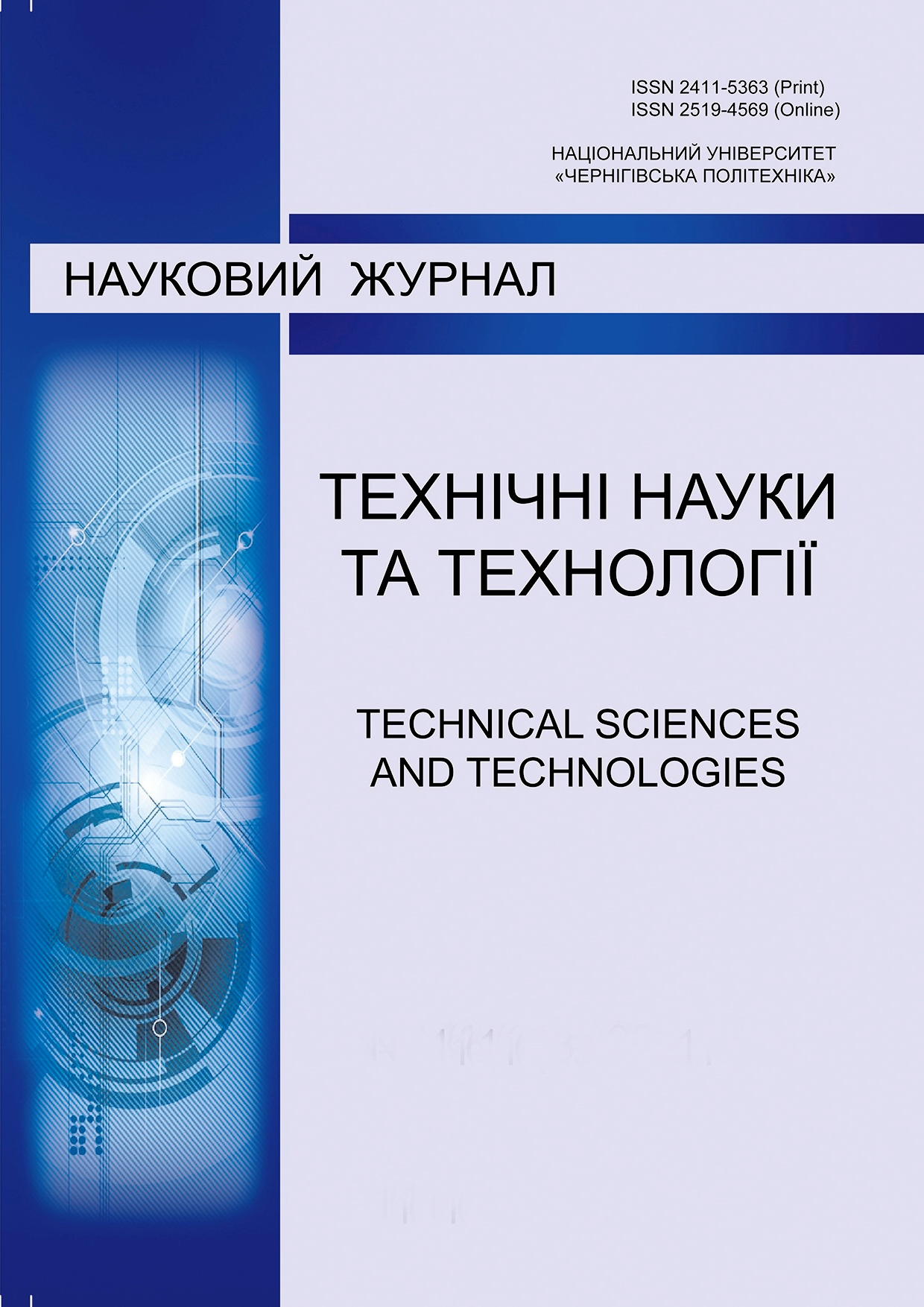Системні механізми структуроутворення у багатокомпонентних композиційних матеріалах
DOI:
https://doi.org/10.25140/2411-5363-2023-3(33)-215-226Ключові слова:
гіпсові композити, твердіння, системні механізми, кривизнаАнотація
У статті на основі досліджень часових змін електропровідності, діелектричних втрат, екзотермічних ефектів та швидкості ультразвуку проводиться аналіз системних механізмів твердіння гіпсових композитів. Одержані екс-периментальні криві трансформуються за допомогою визначення кривизни. Показано, що виникнення особливостей в трансформованих кривих відбувається у вузьких часових вікнах, майже одночасно. Це явище інтерпретується як результат перетворень структури «тверда частина – границя розділу − рідка фаза» композиту. Запропоновано практичний метод визначення кінця тужавлення за допомогою аналізу трансформованих залежностей.
Посилання
Vyrovoj, V.N., Dorofeev, V.S., Suhanov, V.G. (2011). Composite building materials and constructions. Structure, self-organization, properties. Odessa: TES.
Nekhoroshev, A.V., Citelauri, G.I., Hlebionek, E., Zhadambaa, C. (1991). Resource-saving technologies of ceramics, silicates and concretes. Structure formation and heat treatment. Moscow: Strojizdat.
Kerber, M.L., Vinogradov, V.M., Golovkin, G.S., et al. (2008) Polymer composite materials: structure, properties, technology. Saint Petersburg: Professiya.
Kersh, V., Kolesnikov, A., Xlytsov, N., Foshch A. (2019). Ultrasonic Control of the Formation of Gypsum Binders. 6th International Conference "Actual Problems of Engineering Mechanics", 968. P. 122-127.
Kolesnikov, A.V., Semenova, S.V.., Kazmіrchuk, N.V., Kirilenko, G.A. (2020). Study of structure formation of gypsum composites based on Kolmogorov's equations. Vіsnik ODABA, 78, 97-107.
Kersh, V. Ya., Kolesnikov, A. V., Zamula, M. A., Makovecka, O. O. (2022). Hierarchy of structural changes during the hardening of composites based on the results of ultrasound velocity measurements. International conference "Actual problems of mechanical engineering". Odesa. P. 57-62.
Grankovskij, I. G. (1984). Structure formation in mineral binders. Kyiv: Naukova dumka.
Rajhel, V., Konrad, D. (1979). Concrete: In 2 hours. Part 1. Properties. Design. Trial. Moscow: Strojizdat.
Sampson, D. H. (2011). Gypsum: propertines, production and applications: Chemical Engineering Methods and Technology. Nova Science Publishers.
Pshenichnyj, G.N. (2019). Building materials and products: activated concrete technology. Moscow: Yurajt.
Semenova, S.V., Kolesnikov, A.V., Olejnik, T.P., Kirilenko, G.A. (2017). Application of dynamic information theory for the study of structure formation in building composites. Bulletin of Odessa State Academy of Civil Engineering and Architecture, 66, 59-65.
Yaminskij, V.V., Pchelin, V.A., Amelina, E.A., Shchukin, E.D. (1982). Coagulation contacts in dispersed systems. Moscow: Himiya.
Braun, V. (1961). Dielectrics. Moscow: Izdatinlit.
Deryagin, B.V. (Ed). (1972). Surface forces in thin films and dispersed systems. Collection of reports IV conference on surface forces. Moscow: Nauka.
Tarasevich, Yu.Yu. (2002). Percolation: theory, applications, algorithms. Moscow: Editorial URSS.
Kersh, V.Ya., Kolesnikov, A.V. (2019). Ultrasonic method for studying the hardening of gypsum binders. Actual problems of engineering mechanics: Proceedings of 4th International science and practice conference. Odesa: ODABA. P. 125-128
##submission.downloads##
Опубліковано
Як цитувати
Номер
Розділ
Ліцензія

Ця робота ліцензується відповідно до Creative Commons Attribution-NonCommercial 4.0 International License.


